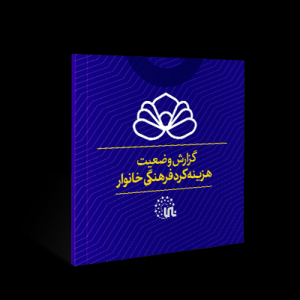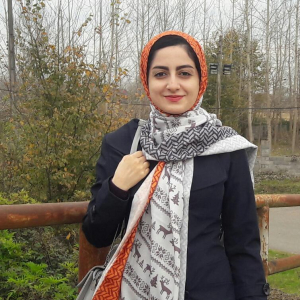Introduction

Management summary
Cultural consumption is a collection of expenses that people spend to buy or use cultural products and services such as books, music, travel and entertainment, theater, movies, etc.
The present report has been prepared with the aim of analyzing the cultural consumption of Iranian households from both urban and rural areas during the years 2017 to 2022 based on the output published by the Iranian Statistics Center.
In the third part of the detailed plan of expenditure and income of urban and rural households published by the Statistics Center, various types of household expenses have been questioned. In addition to that, the expenses related to cultural services and household entertainment have been categorized both in specific collections and in scattered form.
The present report identified a total of 149 codes related to the consumption of household cultural expenses by examining the questionnaire of the Iranian Statistics Center. Based on this, the cultural expenses of Iranian households are divided into ten categories: artistic needs, tourism, sports and entertainment, books, press, games and entertainment, religious, clothing, writing and writing equipment, and audio and video needs.
The results of the description of the tables and graphs in both macro and micro scales include the following:
-
The cultural cost of the Iranian household is in the lowest category compared to other costs such as housing, transportation and communication, health and treatment, miscellaneous household goods and services, appliances, household furniture and services, etc.
-
Based on the data in the chart above, the Iranian household has reduced its cultural expenditure from 2017 to 2021. However, the amount of cultural spending in 2022 compared to last year has grown by 5.3 million rials, and its increasing trend is noticeable.
-
The household belonging to the 10th decile in 2021 compared to 2020 has faced the biggest drop in cultural expenses. But in 2022, this decade has experienced the highest growth in cultural spending.
-
In 2022, the highest decile of society has spent 7.5 times more than the first decile for cultural consumption. This difference has been 12 times in total and in all five years (2017 to 2022).
-
Zanjan province had the highest cultural Kurdish expenditure and Kerman province had the lowest cultural Kurdish expenditure in 2022.
-
The comparison of cultural spending from both rural and urban environments indicates that households have faced a drop in cultural spending every year compared to last year, especially in the last two years.
-
If the cultural expenses of households are included in a ten category that includes books, press, stationery, art supplies, tourism, sports and entertainment, games and entertainment, audio and video supplies, religion and clothing, the results of 2022 will be different from previous years. Especially the year 2021 has been determined. This year, household cultural consumption expenditure has been associated with growth for all nine categories and significantly for tourism, art and media.
-
The head of the household with low education has spent more on culture than the head of the household with high education during five years.
-
The cultural expenditure of the household with rental property and supply has decreased from 2017 to 2021, and this decrease in cost was more for the household with property. But in 2022, renters have spent 0.2% more on culture than last year.
-
Estimates of the employment situation of the head of the household show that the share of the working and students group has been more than other groups in these five years. The share of the group of students in 2022 compared to previous years has grown significantly and compared to 2021, it has faced an increase of 27.1%.
-
High-ranking legislators have spent more (with a small margin compared to scientific and technical specialists) to buy cultural products and use cultural services compared to other types of household heads, and on the other hand, simple workers have spent the least amount on culture.
-
Examining the workplace situation of the head of the household in the eighteen divisions in total (2017 to 2022) shows that the head of the household with the job of financial intermediary has spent more on culture than the others, and the head of the household active in the construction field has spent the least amount on culture.
-
With the increase in the number of family members up to 5 people, we face an increase in cultural spending, but with the growth of the number of family members, this cost decreases. Also, the five-person household has spent more than twice as much as the one-person household.






.jpg)